Abstract
Book Two of Thomas More's Utopia is nothing other than a long first-person discourse given by Raphael Hythlodaeus. It opens with a description and a narrative, the description of the island of Utopia and the narrative of its creation as an island. These two modes of discourse find their origin in two very different literary forms; their opposition seems significant to me here in More's Utopia and in the utopic discourse in general. In the description the island is offered to us from a point of view where one can surmise it from every angle. This description proceeds as if we were seeing a painting in the simultaneity of its various parts, of a figure that the descriptive text offers for viewing. But our reading of the painting is given in the necessary succession of our reading with an emphasis on the spatial and the whole. The narrative, however, is immediately categorized as history as the relating of former events: "Caeterum uti fertur …"1 The events will be related as the text unfolds — indeed, in its very becoming — and its mode will contain unexpected surprises. The time of the narrative creates events and human actions. This is why narrative is read and is not seen. But in our text it should be noted that in the apparent succession of unexpected events that the narrative relates (or will relate) they are also inscribed within the painting of the island brought forth by description. "Caeterum uti fertur, utique ipsa loci facies prae se fert." 2 The exterior form and general appearance of the place carries with it the trace of the events that Raphael will narrate. Within the visibility of the narrative we find inscriptions of what we will read. The visible of what is described is at bottom nothing but the writing of what is narrated. We could never have imagined as much when we opened More's book at the beginning of Raphael's discourse: the island of Utopia was not an island in the beginning; a "veritable" incision — a real inscription — was needed in order for it to become one. If there is a visible aspect to description, it is because there is a narrative to be composed — in such a way that its description retains and presents only its trace.




